Why Regularly Cleaning Your Water Bottle Matters
Reusable water bottles are convenient, eco-friendly, and cost-effective, but they often go neglected when it comes to cleaning. Studies reveal that a typical reusable bottle can harbor tens of thousands of times more bacteria than a toilet seat. Why? Because bottles are moist environments, in constant contact with our mouths and hands, making them perfect breeding grounds for bacteria and mold.

Hidden Dangers: Mold & Bacteria in Bottles
The closed, damp environment inside bottles creates an ideal habitat for microbes:
-
Moisture: Constant hydration enables bacterial growth.
-
Residue: Coffee, tea, or protein shakes leave organic matter behind.
-
Oral Bacteria Transfer: Each sip introduces mouth bacteria to the bottle and straw.
-
Mold Risk: Mold exposure can trigger allergies or respiratory issues, especially for sensitive individuals.
Proper Cleaning Steps for Water Bottles
Daily Cleaning
-
Disassemble the bottle completely (cap, straw, gaskets).
-
Wash with warm water and mild dish soap.
-
Use a long-handled bottle brush for the walls and narrow spaces.
-
Rinse thoroughly to remove soap residue.
-
Air-dry fully before reassembly.
Deep Cleaning
-
Once a week, soak parts in diluted baking soda or vinegar for 30 minutes to remove odor and buildup.
-
For stubborn mold spots, carefully use diluted bleach (ensure thorough rinsing).
Dishwasher Cleaning
-
Only if the product is dishwasher-safe.
-
Place caps and straws on the top rack.
-
Open spouts to allow hot water flow.
-
Use sanitizer and drying settings.

Signs Your Bottle Needs Cleaning
-
Foul odor: Sour, musty, or metallic smells.
-
Dark spots: Mold or mineral deposits on caps, straws, or threads.
-
Slimy residue: Biofilm caused by bacteria buildup.
-
Floating particles or streaks: Visible contamination.
Even if no signs are obvious, bottles should still be cleaned routinely.

Recommended Cleaning Frequency
-
Daily Use: Wash thoroughly every day.
-
After Beverages: Clean immediately after drinking coffee, tea, or shakes.
-
Shared or Sick Use: Wash after each use.
-
Occasional Use: Always clean before refilling.
The Relationship Between Water Quality & Bottle Hygiene
Cleaning bottles is essential, but the quality of the water you put in them is equally critical. Even a spotless bottle won’t protect you if your water source contains chlorine, bacteria, or heavy metals.
-
RO Purifiers: Remove heavy metals, bacteria, viruses, and chlorine.
-
UF Purifiers: Retain beneficial minerals while filtering contaminants.
-
Pre-Filters: Capture rust, sand, and sediments to protect downstream systems.
-
Whole-House Systems: Guarantee safe water for every faucet in the home.

How Reverse Osmosis (RO) Systems Work and Their Benefits
-
High-Efficiency Filtration: Removes 99% of contaminants such as lead, arsenic, chlorine, and bacteria.
-
NSF-Certified Membranes: Globally recognized for safety and reliability.
-
Smart Filter Life Reminders: Simplify maintenance.
-
Automatic Membrane Flushing: Keeps membranes clean and extends lifespan.
-
Eco-Friendly Design: Reduces dependency on bottled water and plastic waste.
Whole-House Filtration vs. Point-of-Use Systems
-
Whole-House Systems: Ensure safe water for bathing, cooking, and laundry.
-
Point-of-Use Systems: Deliver high-purity water for drinking and cooking.
-
Combined Protection: INTOP AQUA recommends a three-layer strategy: Pre-Filter + Whole-House System + RO/UF System.

A Comprehensive Health Solution
True hydration health requires:
-
Bottle Cleaning – Prevent bacterial buildup.
-
Purified Water – Ensure safe drinking quality at the source.
-
Smart Systems – Monitor and maintain purification efficiency.
INTOP AQUA integrates these three pillars to deliver reliable hydration solutions across homes, offices, and commercial settings.
Frequently Asked Questions (FAQ)
Q1: If I only drink purified water, do I still need to clean my bottle?
Yes. Bacteria from your mouth and hands still contaminate bottles.
Q2: Can purified water go bad in a bottle?
Yes. If water sits too long at room temperature, bacteria may grow. Always empty and wash bottles daily.
Q3: Should I choose whole-house or point-of-use filtration first?
For budget-conscious families, start with point-of-use (RO/UF) to secure drinking water. Upgrade to whole-house later for complete water safety.
Conclusion: Building a Scientific Hydration System
Regularly cleaning your bottle is a simple but crucial step in maintaining health. However, securing safe water at the source is the foundation of true hydration safety.
With nearly two decades of OEM expertise, a 50,000㎡ modern factory, and annual production exceeding 2 million purifiers and 8 million filters, INTOP AQUA is a trusted global provider of advanced purification systems.
By combining daily hygiene practices with cutting-edge purification technology, every family can achieve a sustainable, scientific hydration lifestyle. With INTOP AQUA, every drop is trustable.








